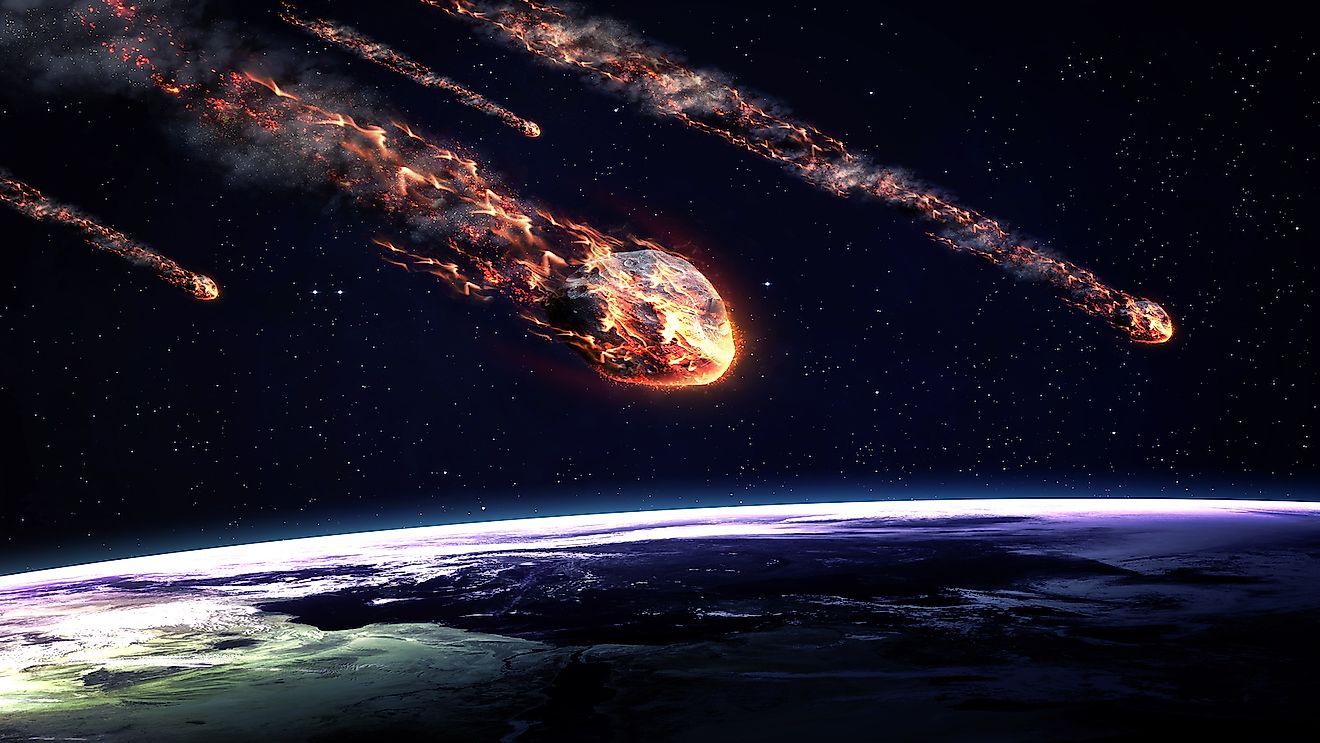The Permian Mass Extinction

The greatest mass extinction event in the last 500 million years occurred approximately 250 million years ago at the end of the Permian Period and the beginning of the Triassic Period. This mass extinction event is known as the Permian-Triassic extinction, Permian extinction, or the Great Dying. The Permian mass extinction marked the shift from the Paleozoic era to the Mesozoic era. During the extinction event, about 96% of all marine species and up to 70% of terrestrial vertebrates were wiped out. In addition, the largest number of insects became extinct in this period. It is believed that the extinction event occurred over 15 years in the latter stages of the Permian period.
Effects Of The Mass Extinction Event
The Permian-Triassic extinction was the most severe of the five major extinction events considering the percentage of life forms lost. Fossil records indicate that many organisms, both marine and terrestrial, were lost during this episode. There were two extinction events in the Permian Period of which the most severe was the one that occurred towards the end of the period.
Although the marine organisms were the most affected, the marine invertebrates, especially those in shallow warm water suffered the greatest loss. Some of the most affected marine invertebrates included organisms with calcium carbonate skeleton, especially those that relied on carbon dioxide to produce their skeleton. These organisms died as a result of ocean acidification. The affected groups include the tabulate and rugose corals, trilobites, blastoids, and crinoids. Some of the marine invertebrates which survived included Ceratitida, articulate brachiopods, and crinoids which almost became extinct. The groups of marine invertebrates that had the highest survival rate are those that had an elaborate mechanism for gas exchange, were able to control circulation and light calcification.
The Permian period was characterized by a great diversity of terrestrial invertebrates, especially insects. However, the Permian extinction event led to the largest extinction of insects. Up to 9 insect orders became extinct and another 10 greatly declined.
The extinction event did not only affect the terrestrial and marine invertebrates, but it also affected several groups of vertebrates and plants. Aquatic vertebrates such as placoderms and acanthodians were not spaced. Terrestrial vertebrates included pelycosaurs and moschops.
Possible Causes
It is not possible to point out the exact cause of the P-Tr extinction since it took place over 250 million years ago and much of the evidence pointing to the exact cause has been destroyed or concealed under the Earth. However, scientists have been able to gather significant evidence on the causes of mass extinction in general. One possible cause is the bolide impact event. Evidence that the Cretaceous-Paleogene extinction was caused by an impact event has led many to believe that a similar impact may have led to other extinction events including the Permian extinction. Several impact sites have been suggested as the site of the impact that caused the mass extinction event including the Bedout structure in Australia.
Other possible causes of P-Tr extinction include volcanism, temperature crisis, especially in shallow marine waters, alteration of the carbon cycle, increased population of methane-producing microbes, widespread anoxia, and emission of hydrogen sulphide. Other scientists also suspect that the mass extinction may have been caused by the assembly of supercontinent Pangea.











